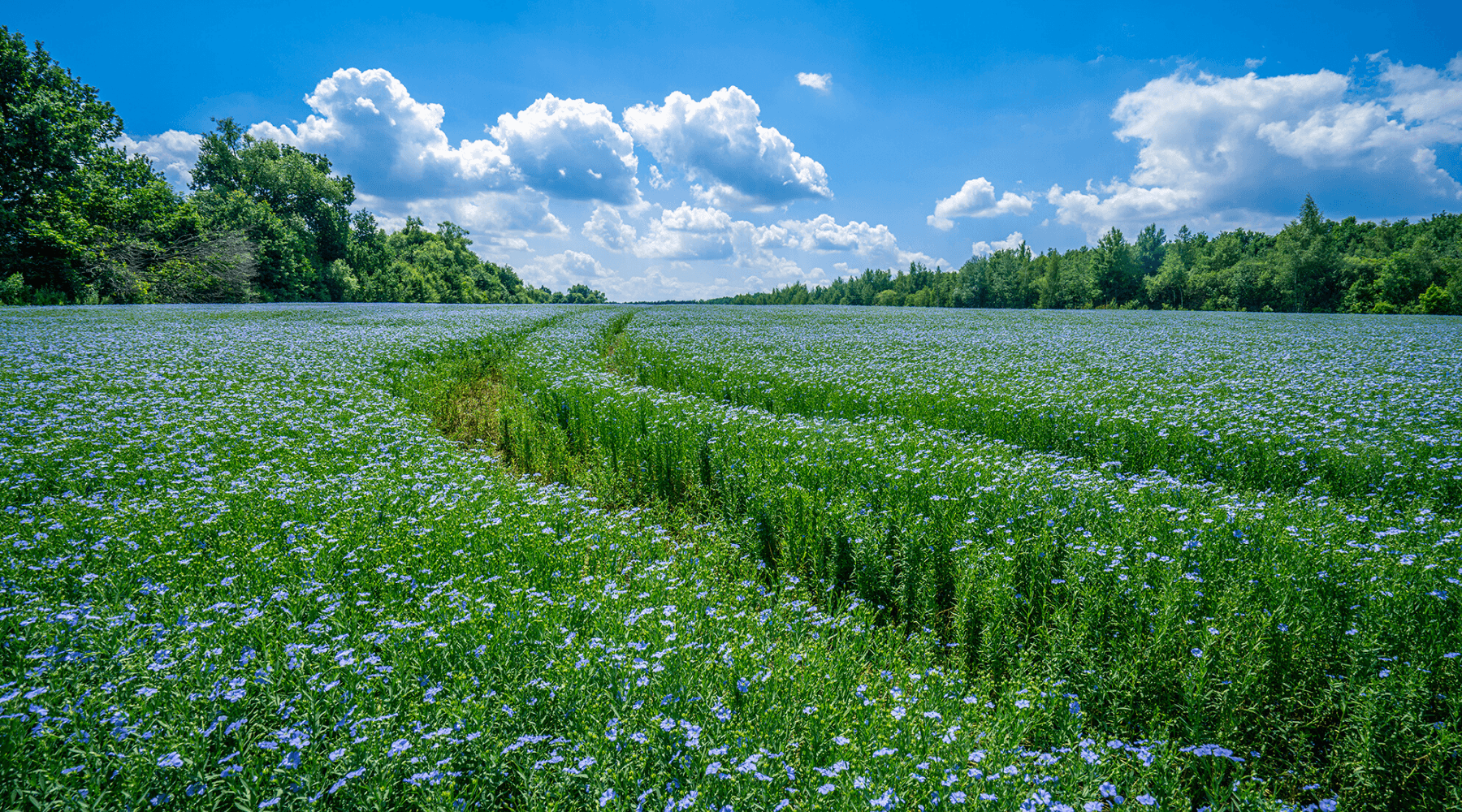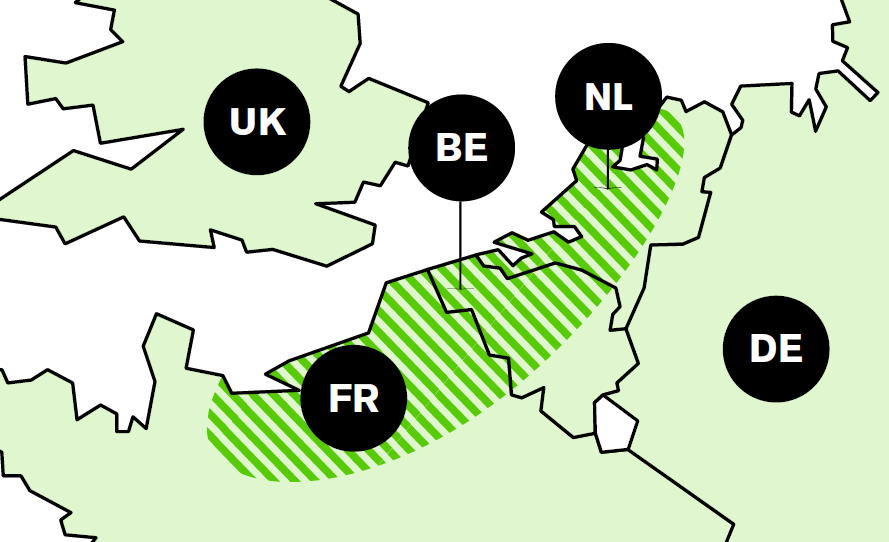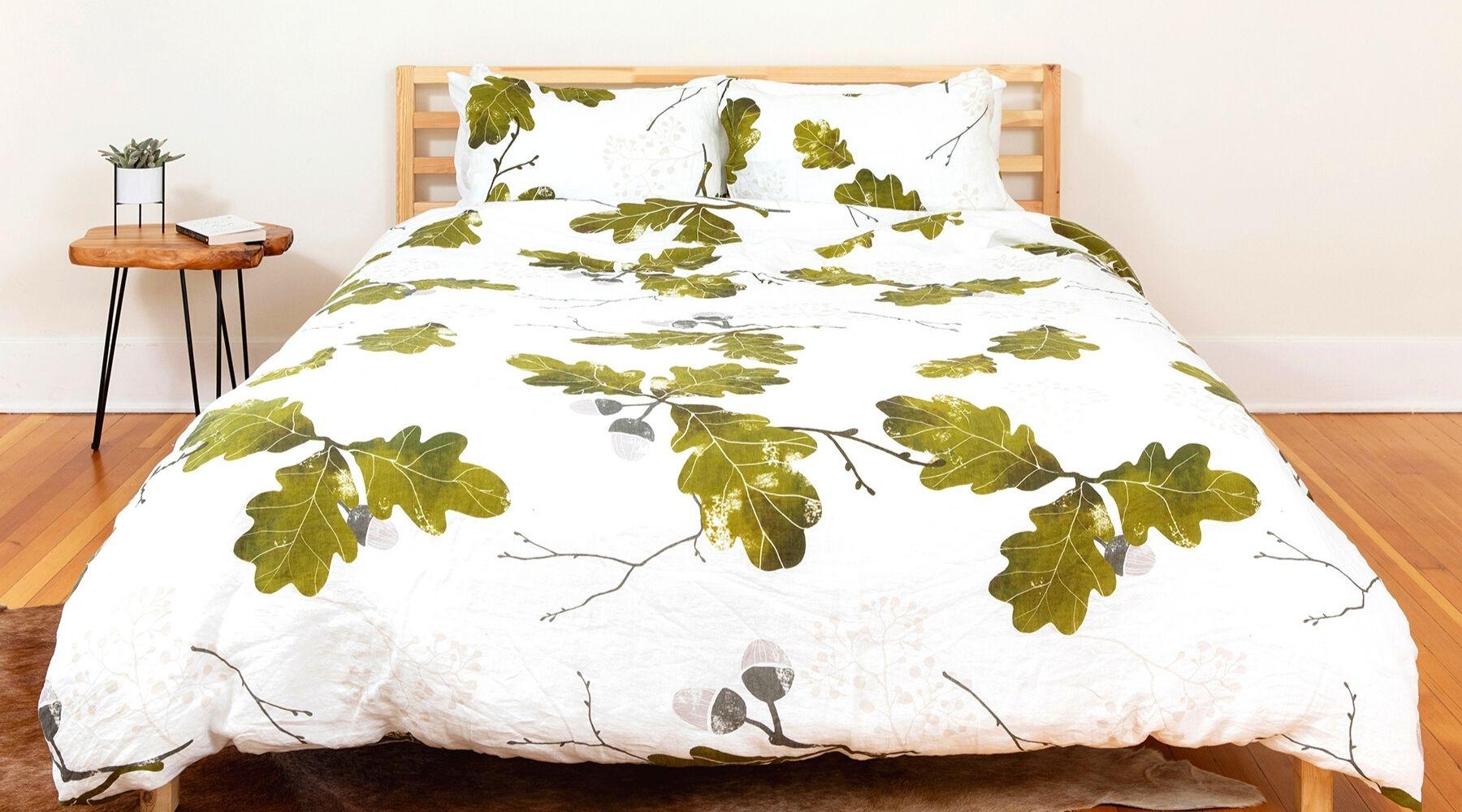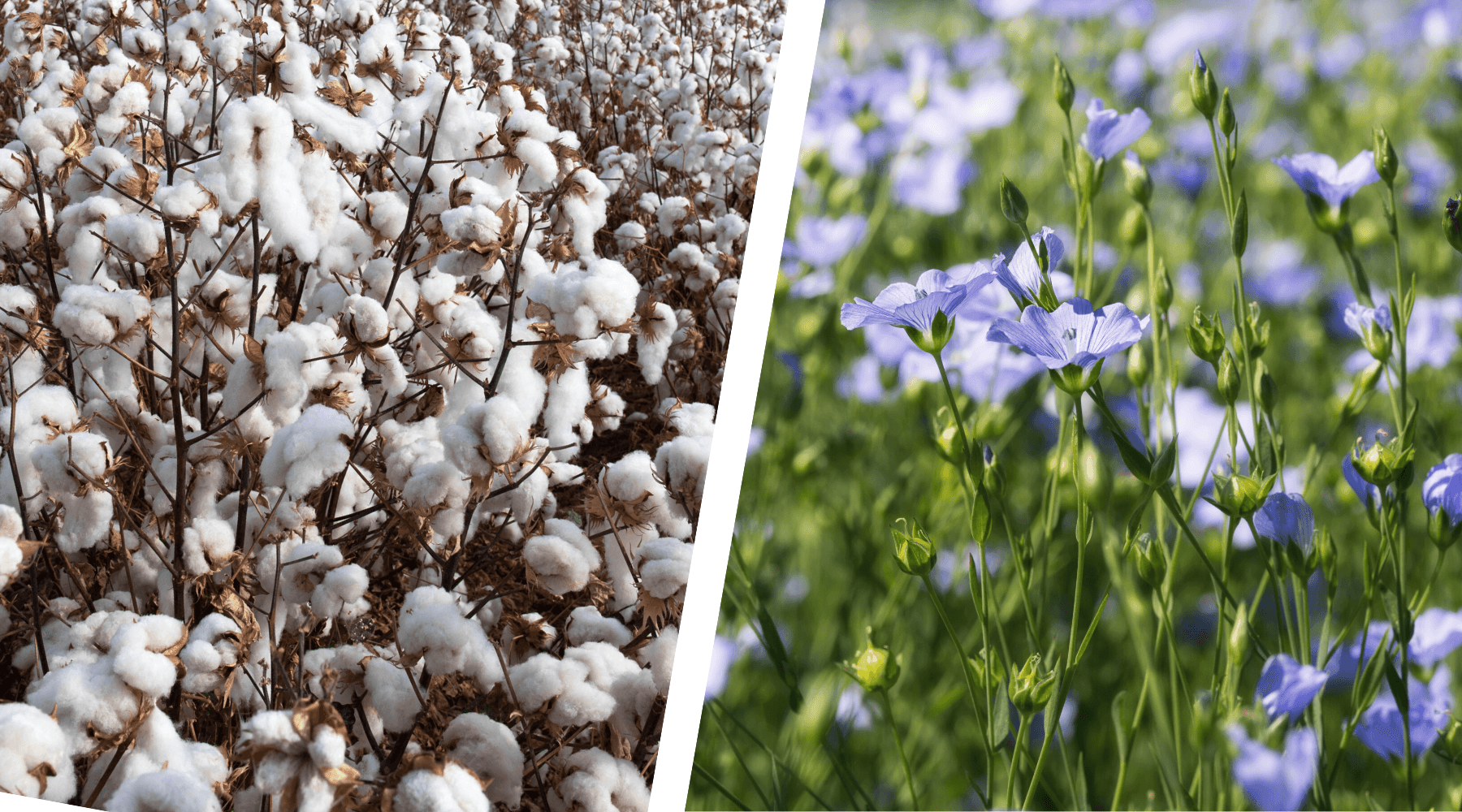
Where Is the Best Flax for Linen Grown?
You’ve probably heard that the finest linen is grown in Belgium, but is that really true? The answer is, yes and no.
Before you rush out and buy linen exclusively from Belgium, also known as Belgian Linen® (yes, it’s trademarked), you might be surprised to learn that this “champagne of linen” isn’t your only choice when it comes to good quality flax linen fabric.
Which country produces the best linen?
Linen grown in Belgium is generally of superior quality, partly because of Belgium’s long and well-respected tradition of growing flax and weaving linen, but mostly because of the unique qualities of the region where it is grown. And although Belgian linen has immediate name recognition, you might be surprised to learn that high quality flax linen can be grown and woven in other places as well—and in more than just one country.
An ideal climate
In fact, the ideal region for growing flax spans as far south as northern France and toward northerly regions of the Netherlands. Loamy soil, and a temperate oceanic climate characterizes the best flax-growing land, which stretches across this 90,000 hectares wide Atlantic coastal belt. Flax farming throughout this zone has a long history, with over 5,000 farms producing high quality and traditionally grown flax linen.

Because of this ideal environment, flax grown here produces the longest fibers with the least amount of inputs such as fertilizers or pesticides—and all without irrigation. Because of natural humidity and rainfall, flax stalks can be retted—fermented to separate the fibers—in the fields and without chemicals.
In addition to flax farming, traditional flax belt processes of scutching, spinning, and weaving have been passed down through generations to ensure a uniquely quality product and respect for the fiber.
Flax can, of course, be grown in other parts of the world, such as Eastern Europe and China. However, since flax is not native to these places, more inputs are required to keep pests away and to initiate the retting process, and usually this results in an inferior product.
How we source our linen
The Modern Dane’s flax linen products are all made from certified European Flax®, which is grown in Belgium, France, and the Netherlands. Our linen is OEKO-TEX® as well as GOTS certified—these certifications confer a promise of organic farming practices and full traceability, and stringent tests for banned and regulated substances that can be harmful to your health.
Using flax grown in traditional regions, and woven in Guimarães, Portugal, where the art of weaving has been perfected over generations, we strive to deliver you products you trust—in quality, safety, and ethics—for an affordable price.
Still curious? Learn more about linen certifications and our production process, from flax seed to finished product.






Leave a comment
This site is protected by hCaptcha and the hCaptcha Privacy Policy and Terms of Service apply.